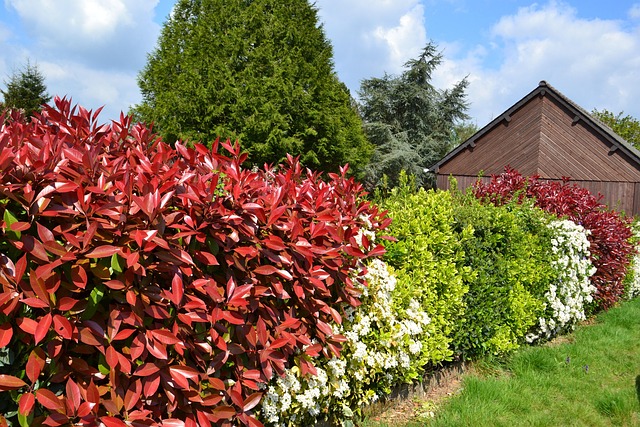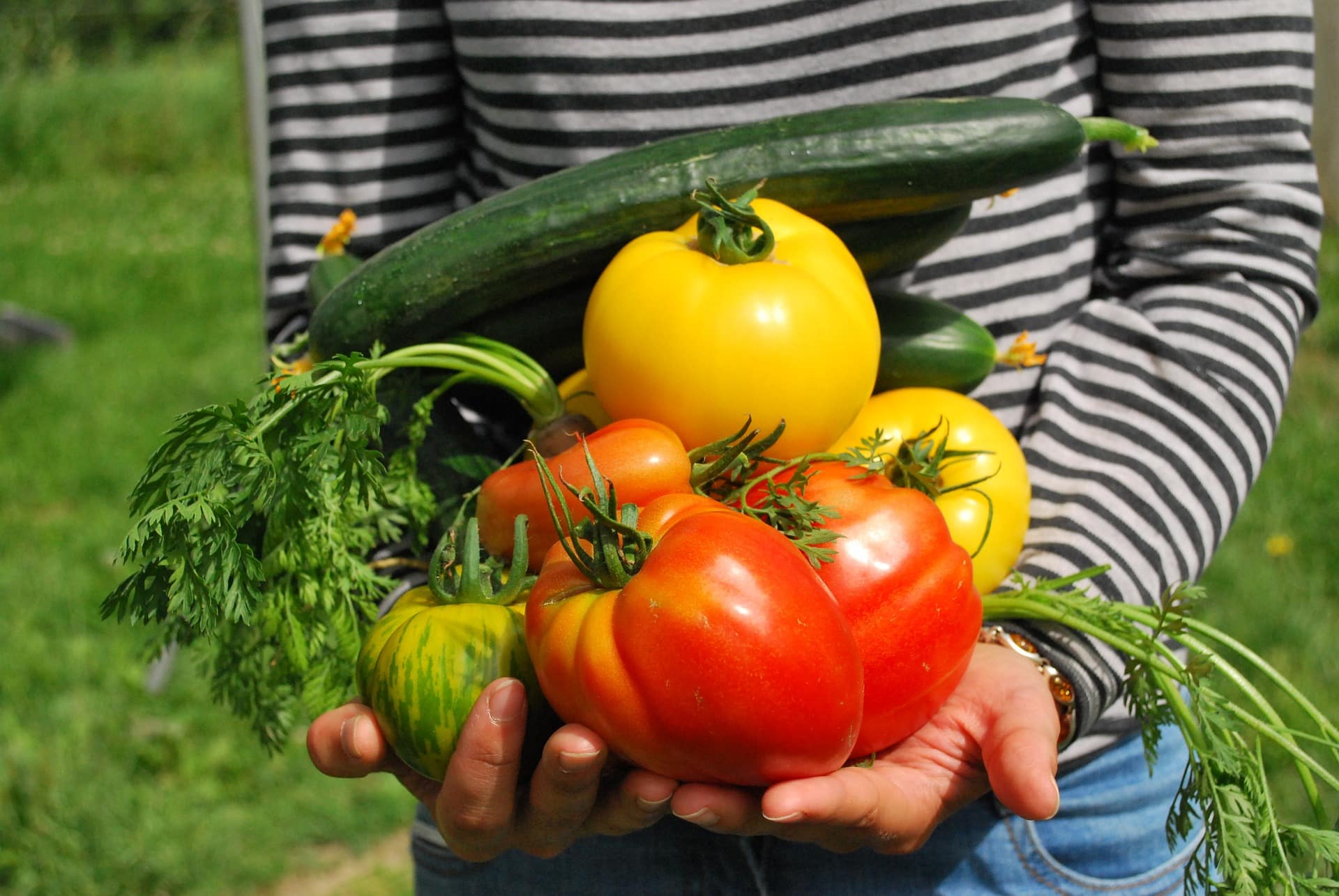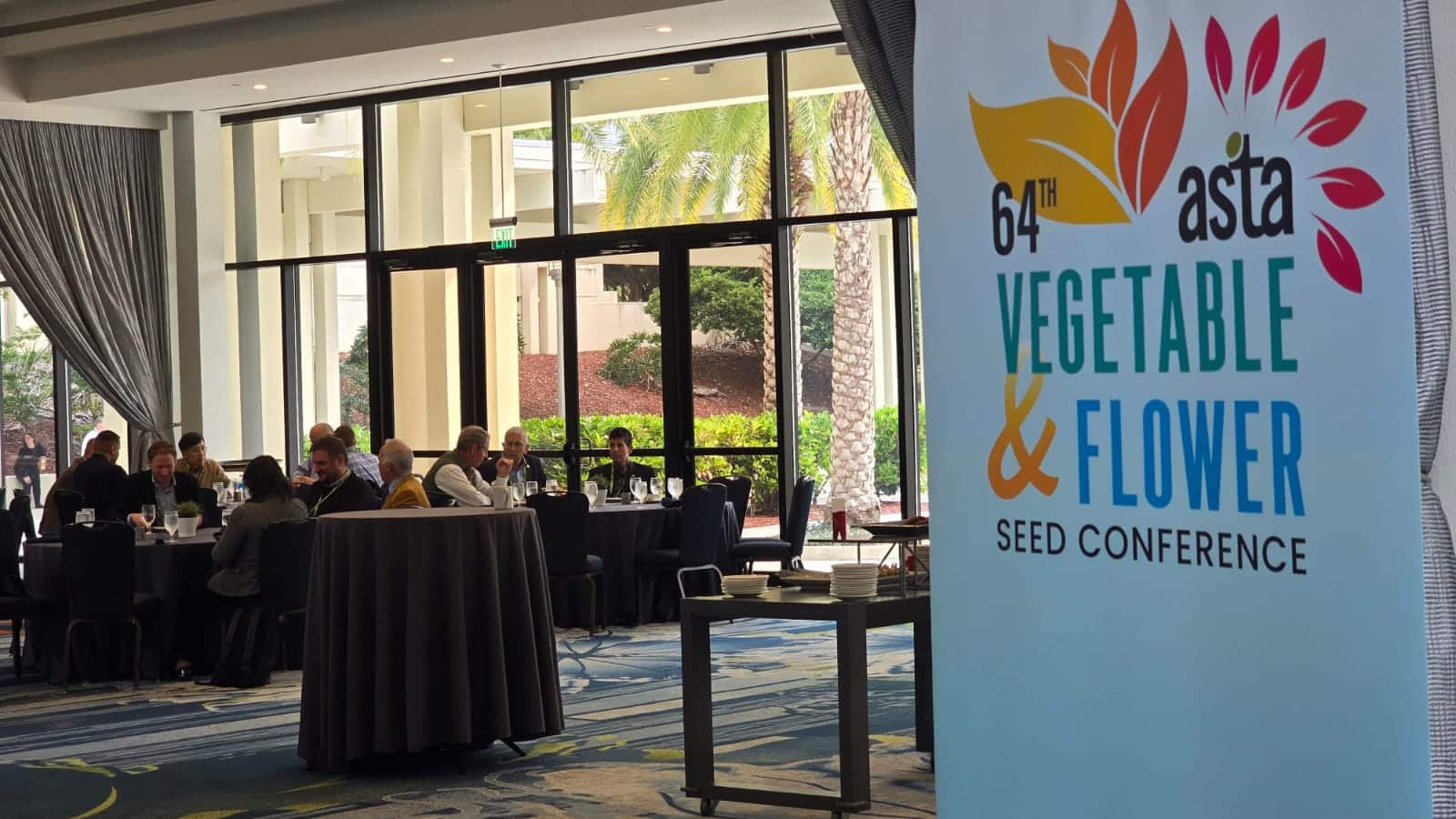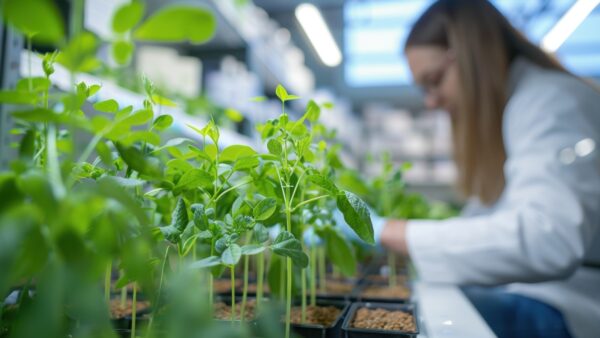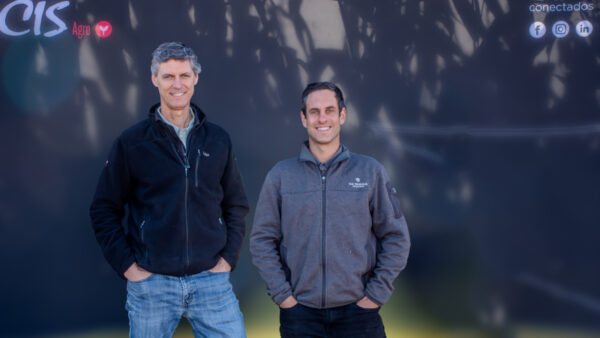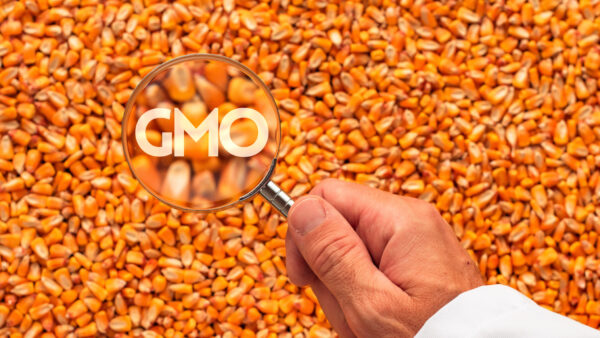Gen Z gardeners, AI-driven expectations and the rise of living fences.
A gardening boom that took root during the pandemic is still growing strong, and seed companies have an opportunity to shape what’s next. Gen Z and Millennials, the primary drivers of the movement, are investing more in home gardening and landscaping, creating demand for both ornamental and edible seed offerings.
“We are asking ourselves, what happened to those pandemic partners? Are they still gardening?” said Becky Paxton, Garden Media Group, in a session at the American Seed Trade Association (ASTA) Vegetable and Flower Seed Conference in Orlando, Florida.
She said the answer is yes. While some dropped the hobby, a significant percentage have remained engaged. Many of these younger gardeners are now homeowners and are incorporating plants into their lives in new ways.
“This moment that we’re in is the moment of the post-pandemic gardener,” Paxton said. “This is a period of time in which we can begin to use trends that we’ve observed over the past five years to project for the next five years.”
The Boom in Home-Grown Blooms
One of the biggest shifts has been the rise of forage flowers—home gardeners growing their own blooms for cutting and arranging. Social media interest in this trend is at an all-time high, and boutique flower farms are racking up tens of thousands of views.
“The ownership of a small family flower farm or even just a personal cutting garden became something aspirational,” Paxton said. “And this is a trend that has life.”
Seed companies are responding by curating collections around specific themes and showcasing plants in visually striking ways. Paxton pointed to one company that is taking collections of seeds and curating them around specific themes.
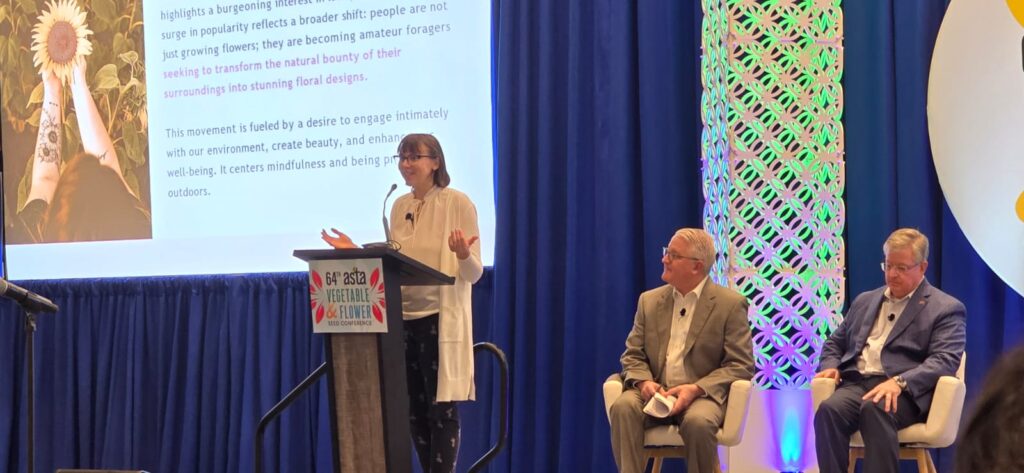
Another major shift is a demand for “lived-in gardens” or landscapes that appear established rather than freshly planted. Inspired by historic estates and period dramas, consumers are embracing densely planted flower beds and large-scale mass plantings.
“Consumers don’t just want a garden; they want a garden that looks like it’s been there for generations,” Paxton said.
AI and the Rise of Fantasy Plants: Managing Consumer Expectations
But perhaps the most unexpected challenge facing the seed sector is the AI effect — digitally manipulated plant images setting unrealistic expectations. She said fake seed listings featuring impossible plants, like “rainbow roses,” have misled thousands of consumers.
“If you are like me, you have been on Amazon in the late hours of the night, and you see rainbow rose seeds, and you look at it, and you say, ‘there’s no way,'” Paxton said. “And then you look and you see that those rainbow rose seeds have over 700 views, and you think to yourself, ‘700 people have purchased this thing. What is going on?'”
Paxton said that instead of shaming consumers for falling for AI-generated fantasies, seed companies can seize this moment to educate and inspire.
Another high-impact trend for the seed industry is the surge in demand for living fences—hedges and vertical plantings designed to create privacy in small spaces. With 86% of new homes built under HOA restrictions and lot sizes shrinking, homeowners and renters alike are looking for creative ways to define their outdoor spaces.
“You know, folks don’t know,” she said. “And we are very fortunate that we’re in a moment where people are interested in plants, and so we love to be part of the solution.”
“House lot sizes are not getting bigger, they’re just getting smaller,” Paxton said. “So think about the ways that we can turn the traditional hedge on its head.”
From climbing vines to edible hedgerows, Paxton said the opportunity for seed retailers is clear. Consumers are willing to invest in landscaping, with 29% planning to spend at least $5,000 on their outdoor spaces this summer.
She believes these trends aren’t passing fads — they’re indicators of where the industry is headed.
“Not every trend is for every business,” she said. “However, you can use these of-the-moment consumer trends to start, and once you start to watch them and begin to follow them, you will see this steady heartbeat where people are beginning to see plants, love them the way that we do, and become more and more open to education and inspiration from our industry.”


